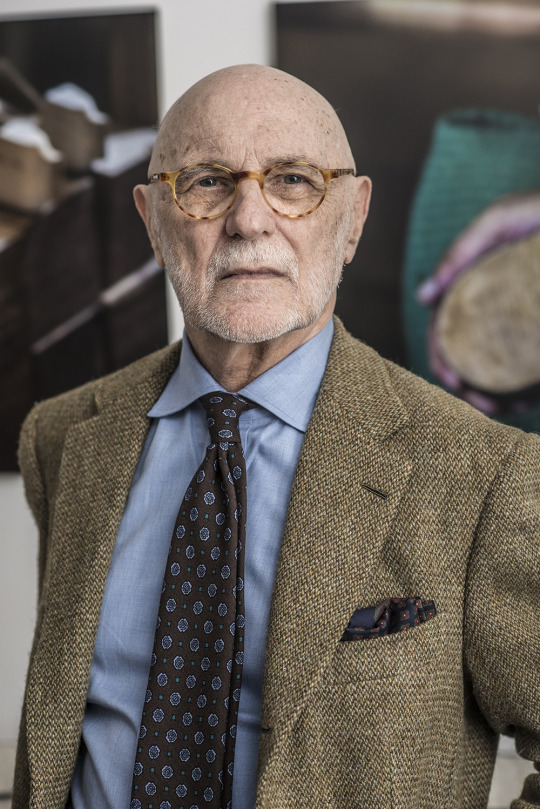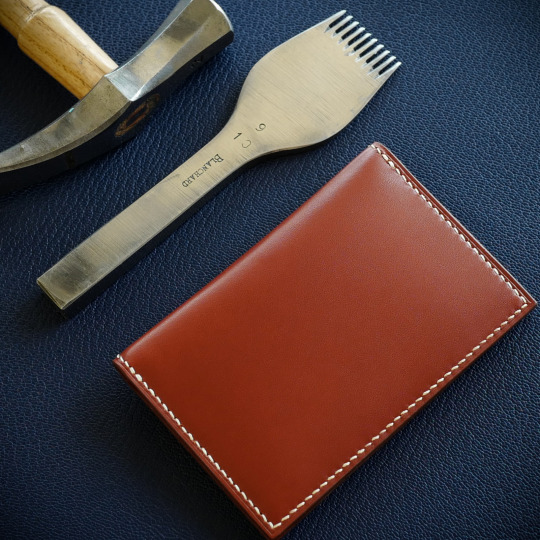RBJ Simpson & The Tradition of Bridle Leather Goods

One of the things you notice when you start paying attention to leather goods is that some of the world’s best makers come from countries with long saddlery traditions (that is, the art of making leather goods for horse riding). Hermes, for example, started as a harness and bridle rein workshop in the Grands Boulevards quarter of Paris. And today, many former saddlers – as well as people trained by former saddlers – work in the French city to produce leather accessories for men.
Similarly, most of the top-end English makers specialize in working with bridle leather. Bridle, for those unfamiliar, is one of the three main materials in saddlery – saddle and harness leather being the other two. The difference between them is in the finishing. Saddle leather is left “raw,” which means it has little oil or wax content. That makes it relatively dry and stiff, as well as susceptible to water stains. Harness leather has a bit more oil and wax, as well as a smoother grain. The dressiest of the three, however, is bridle. It’s the smoothest and most polished, with a high oil and wax content that blooms to the surface, giving the leather a beautiful luster. Of all the dress leathers out there, it’s also the most durable. Figure it this way: if bridle leather was originally created to secure a horse rider’s life, it’s probably good enough to hold your laptop.
One of my favorite companies for bridle leather goods is Simpson, which might be the youngest label to have a 150+ year old history. As the story goes, it was started in 1997 by Robert Simpson, a member of the Krolle family. The Krolles were behind Tanner Krolle, one of England’s oldest and most famous leather goods companies, having been around since 1856. When Chanel bought Tanner Krolle in the ‘90s, however, Robert left and took a few TK employees with him. Together, they started a new leather goods manufacturing house called RBJ Simpson (otherwise known as Simpson London).
Keep reading

